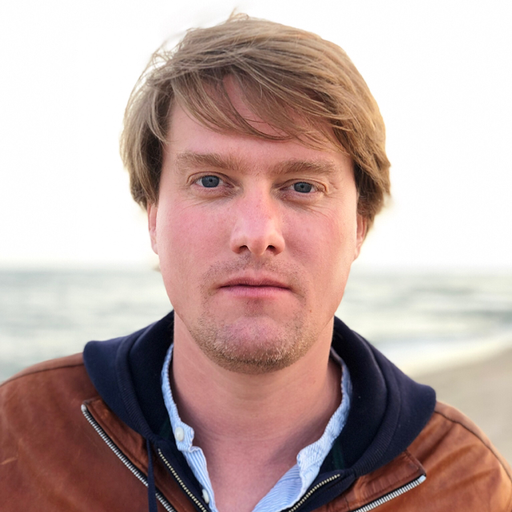From the series "Living Together" © Ute Mahler I Ostkreuz
Ute Mahler is one of the photographers of the former GDR with the most marked style. After the fall of the Wall in 1989, she founded the OSTKREUZ agency with several East German colleagues...

From the series "Living Together" © Ute Mahler I Ostkreuz
Ute Mahler is one of the photographers of the former GDR with the most marked style. After the fall of the Wall in 1989, she founded the OSTKREUZ agency with several East German colleagues...


Read More: Michael Schmidt: A New German Perspective

You’re getting blind.
Don’t miss the best of visual arts. Subscribe for $9 per month or $108 $90 per year.